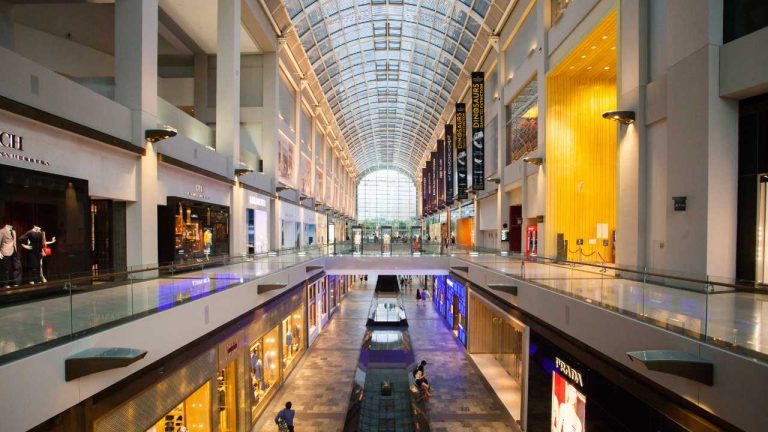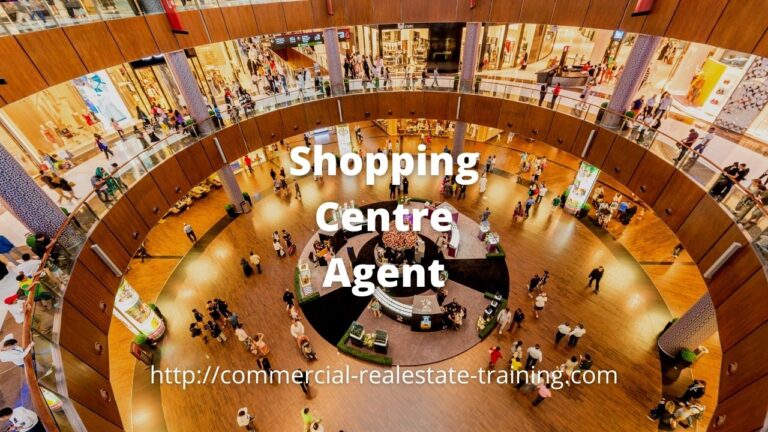Foolproof Strategies to Improve Shopping Center Performance
Managing and leasing a retail shopping centre is not a natural process. The right skills and knowledge are required, and particularly so to create the right investment results for clients. There are many things of a retail nature to understand and address over time. (NB – you can get our retail shopping center tips and ideas right here)
What can you focus on?
There are customers to attend to, and tenants to control. In addition to that, there are the varying requirements of the landlord from an investment perspective. Reports, leasing solutions, and income strategies all come together.
So, there are many things to identify and work with as part of retail management, leasing, and property performance. The success of the shopping centre over time will commonly be a direct result of selective capital improvements, tenant mix optimization, leasing, marketing, and customer attraction. Systems are needed to achieve that in a controlled way in any shopping center.
It is interesting to note that many first-time landlords do not have a real awareness of ‘retail’ property performance, and don’t know how to balance or strategize things to improve a shopping center. They simply focus on the rent and the leasing from the outset. So many other things have to balance into that very basic focus.
Retail property focus
Here are some ideas to help investigate and turn around a shopping center that may have issues with property performance and results:
- Choice of center manager – the person running the property should have proven skills and a solid retail awareness. They should be skilled in the major property elements such as lease negotiation, income improvement, retail marketing, tenant mix modeling, and property performance analysis. They should also be able to control the management team and direct the individuals in the day to day running of the property. They should have the knowledge to execute the property in a confident and straightforward
- Look at the leases and the tenants – there is a potential for leases to be ‘weak’ or ‘strong’ from an investment perspective. Read through all property and tenant leases to see how they impact asset performance from and income and risk perspective.
- Resolve vacancies and potential vacancies – protect the rental stream for the property; that’s the rule. Look at all predictable issues that could impact rents and expenses in the asset. Any vacancies should be identified and merged into a leasing program to fill the space. There are also likely to be some factors of expansion and contraction across the tenant mix that will need to be addressed.
- Talk to the tenants – find out what the tenants think about the property and the customers. There will be ideas and attitudes to work through, but feedback is important in solving problems. The information that the tenants can share about the asset will be valuable in identifying the strengths and weaknesses in the property. As part of connecting with the tenants, go deeper into the tenant mix and what it is today, so you can see if some things should change.
- Look at the history – go back in time to see what has happened in the property and why. Trends in occupancy, rentals, maintenance, net income, sales, and customer visits will tell you a lot about the performance of the asset to today. Analyze and assess; look for the trends and facts.
- Review the maintenance in the property – it is a fact that the presentation of the property will impact customer interest. Customers like a retail property that is visually appealing. Many smaller and inexperienced retail property owner-managers will spend less money on the presentation and maintenance of their shopping center asset, to create ‘savings.’ They usually have a desire or priority to optimize the net income. Over time the visual appearance of the property then declines, and the customers move to shop in another retail property. Eventually, the tenants leave, and the retail property becomes difficult to ‘turn ‘
- Check out the competition – how many other good sized retail properties do you have in the area that may be ‘drawing’ your customers away? A lot depends here on the positioning of your property into the location and the typical customer profile; the tenant mix will or should match into those factors.
So, you can add to this list once the ‘basics’ are identified and understood. It can take a few years to improve a retail property. There will also be demographic and economic issues from the area and the city that may be worth considering.





